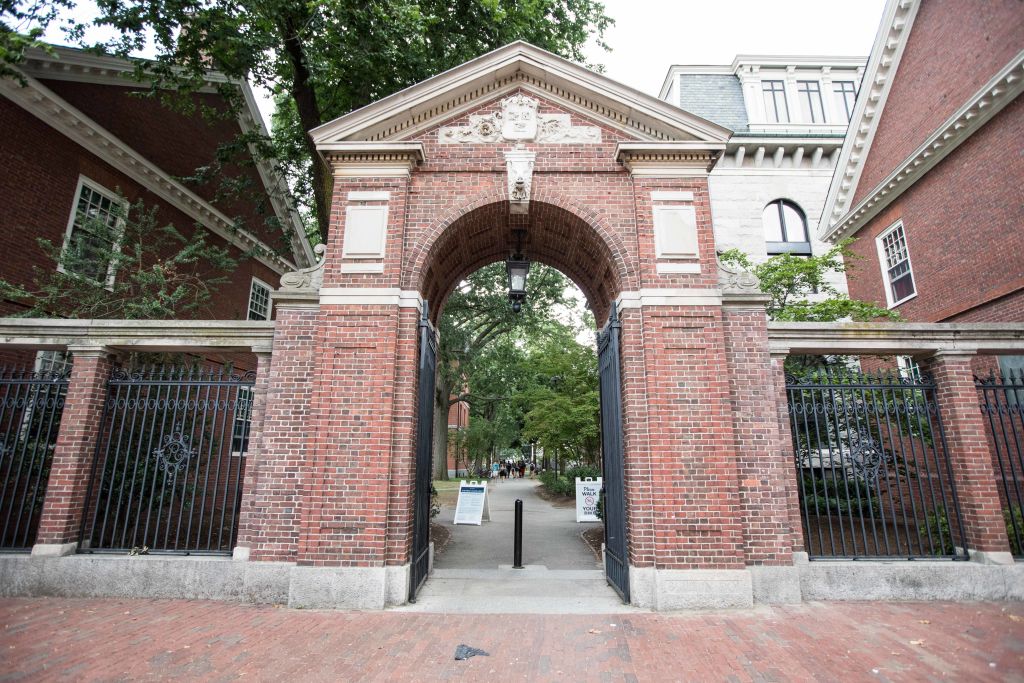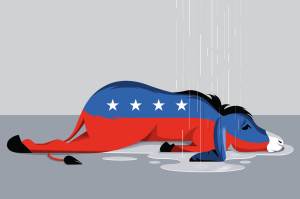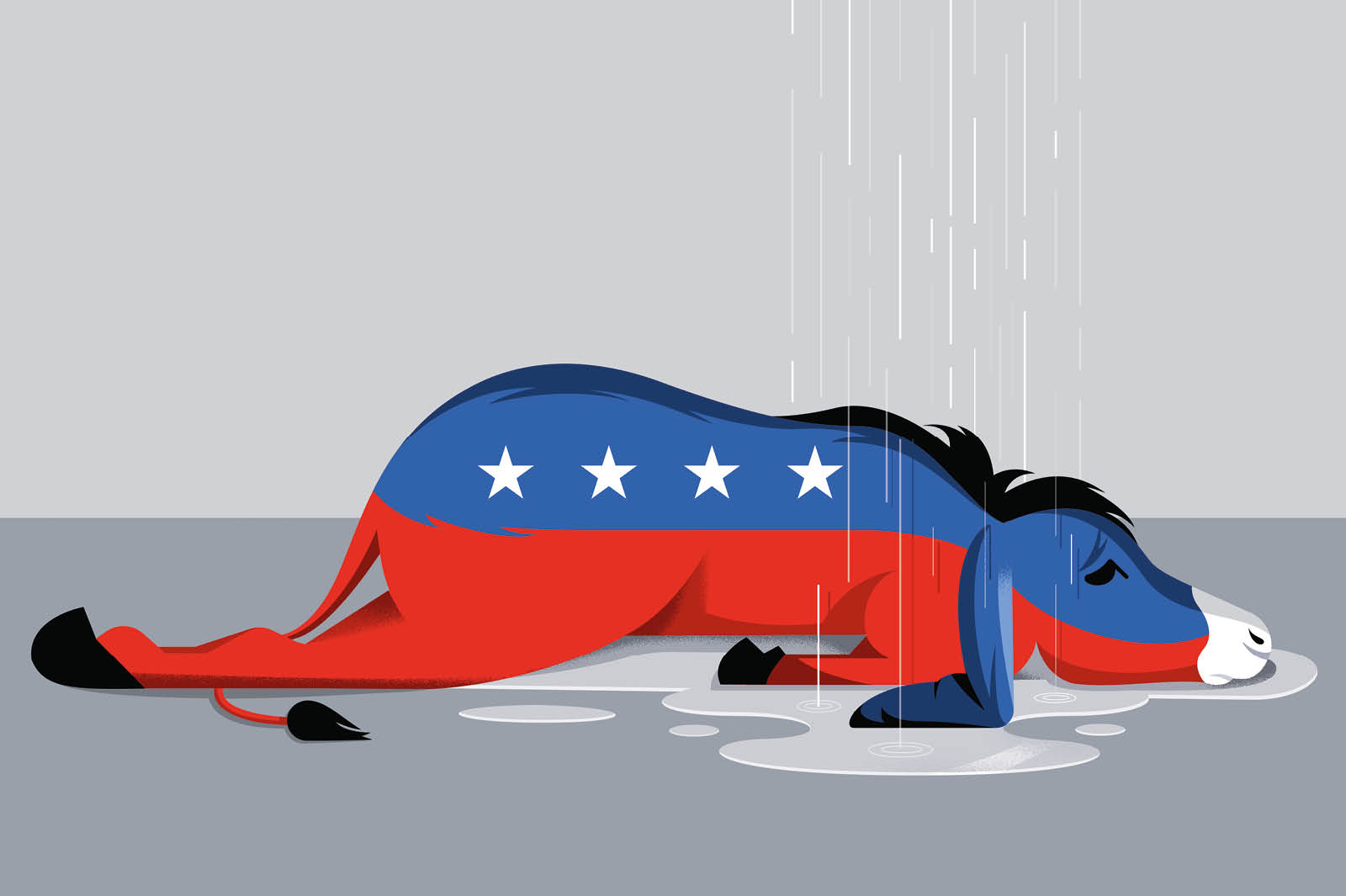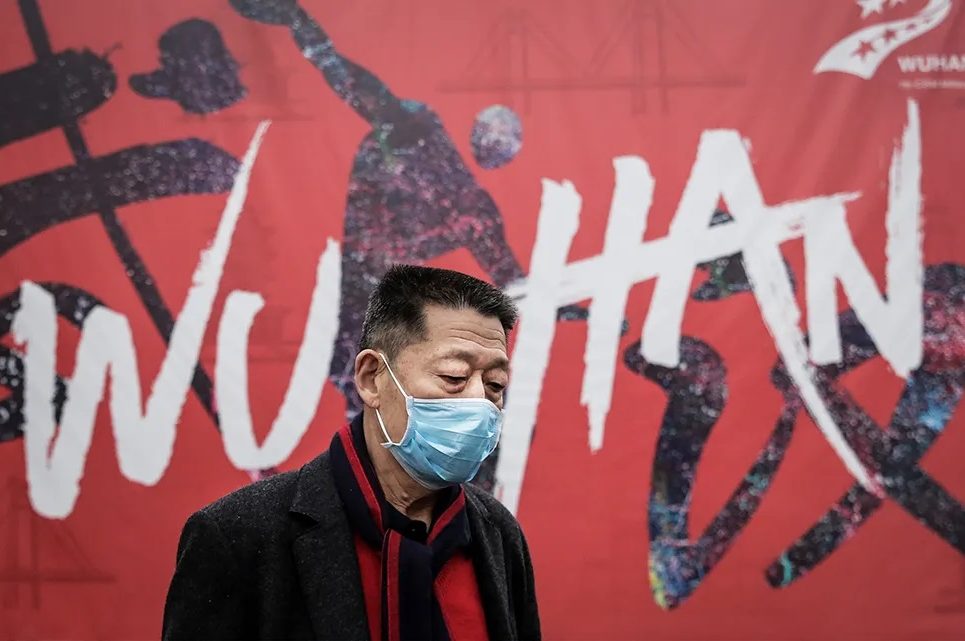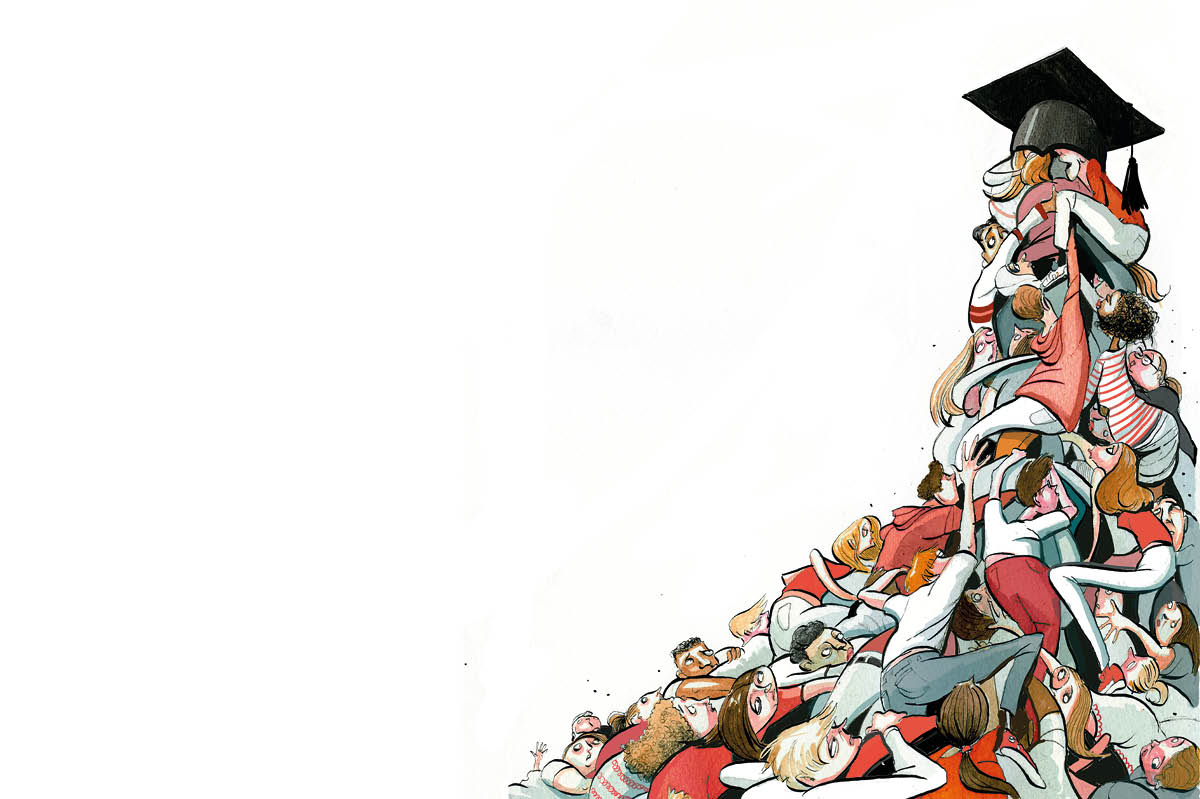This article is in
The Spectator’s November 2019 US edition. Subscribe here.
Riddle: when is discrimination against a historically disadvantaged racial minority perfectly legal? Answer: when they do too well.
The first ruling on the Students for Fair Admissions suit against Harvard University is in. A federal judge in Massachusetts concluded last month that for America’s be-all-and-end-all university to discriminate against Asian applicants in order to serve the all-hallowed goal of ‘diversity’ is constitutional. (Or strictly speaking, if you can follow this logic, the university did not discriminate against Asians by discriminating against them.) The reasoning: ‘Race conscious admissions will always penalize to some extent the groups that are not being advantaged by the process.’ The decision has already been appealed, and the case is likely to land in the Supreme Court.
For American schools, the sole purpose of turning ‘diversity’ into a crowning educational asset has been to disguise the affirmative action that these same universities once openly pursued and now can legally enforce only by calling the practice something else. Fifty years ago, the notion took hold in the US that racial equality would never evolve naturally, but had to be socially engineered by giving historically disadvantaged groups an active leg up, especially in higher education. Bald racial quotas and substantially lower admission standards for minorities became commonplace. Yet using racism to combat racism obviously doesn’t sit easily with the 1964 Civil Rights Act, so multiple previous cases of this nature have ended up in the Supreme Court — whose rulings on the matter have been, to use a technical jurisprudential term, a big mess.
What makes the Students for Fair Admissions case different is that it’s not white high school students with excellent records objecting to being shafted. Asian applicants to Harvard with dazzling grades and perfect test scores, who play the violin, speak four languages, volunteer for the Big Brothers program, captain the volleyball team, adopt rescue dogs and memorize the value of pi to 31.4 trillion digits have still received rejection letters in droves.
How is this possible? Like many choice American universities, Harvard still deploys racial quotas, but by covert means. (After all, how else are schools to achieve ‘diversity’?) Suspiciously, in concert with the other Ivies, and in defiance of fluctuating application numbers, Harvard’s freshman class has nearly identical racial proportions from year to year. To arrange this improbable symmetry, admissions staff have systematically downgraded inconveniently accomplished Asians on their ‘personal ratings’ — purely subjective assessments of character traits such as leadership. Although the federal judge allowed that these dismal personal ratings could have been the product of ‘unconscious bias’ (stereotypically, Asians are compliant and unimaginative), the truth is clearly more disagreeable. Depressed personal ratings are intended to skew the data and suppress Asian admissions.
Asians are doing too well and have to be stopped. They work too hard. They are too disciplined. They are too willing to make short-term sacrifices to reach long-term goals. They are too inclined to obey their parents. They stay up too late studying and get up too early to resume studying. Obviously it’s not fair.
And they’re making too much money! In the US as of 2017, the approximate median household income for blacks was $40,200, for Hispanics $49,800, for whites $63,700, but for Asians more than $83,000! It gets worse: for ethnic Indians, median household earnings were $120,000.
Yet you can’t argue that Asians haven’t been subject to bigotry in the US. In 1854, the Chinese were banned from testifying in court. In 1882, when the Chinese composed only 0.002 percent of the population, Congress passed the Chinese Exclusion Act, intended to prevent labor competition from earlier hard-working Chinese as well as racial ‘contamination’. All Chinese immigration and naturalization were stopped; the Chinese continued to be ineligible for citizenship until 1943. In 1924, immigration by other ‘undesirables’ such as ethnic Indians was also curtailed. Fast-forward to today. With the incessant Trumpian trash talk about China being larcenous and double-dealing, Asians still stir distrust and hostility, particularly given soaring American paranoia about being economically supplanted by China.
The Asian American success story catastrophically undermines the assumptions behind affirmative action. How could a group that’s confronted so much prejudice still do so well without extra help? Asians are showing other minorities up. Accordingly, they’re not really considered a proper minority. By convention, the trendy expression ‘marginalized communities’ excludes Asians. The equally popular catchphrase ‘black and brown people’ clearly excludes East Asians. As a minority that might deserve any special consideration, Asians don’t count.
In California state law, however, affirmative action in higher education is forbidden. Thus of the 15 US universities with the highest Asian enrollments, eight are in the Golden State. With admissions unconstrained by racial quotas, the student body of the California Institute of Technology is 40 percent Asian. At the University of California, Asians compose 38 percent of students in San Diego, 36 percent in Irvine, 35 percent in Berkeley. Yet only 15 percent of the state is Asian, and only 6 percent of the country.
Some believe that the ‘Tiger mom’ phenomenon is likely to grow more dilute as these over-achievers bear children who are lazy and unambitious, like real Americans. Until then, I’m happy for Asian students to colonize elite universities to their hearts’ content. These are kids who have forgone TV, video games, drugs, booze, sex and skipping school to vape in the bathroom to get into the college of their choice. True, they may find on arrival that in America the overpriced top-tier university isn’t all it’s cracked up to be, but they’ve earned the right to make that disappointing discovery for themselves.
This article is in The Spectator’s November 2019 US edition. Subscribe here.



